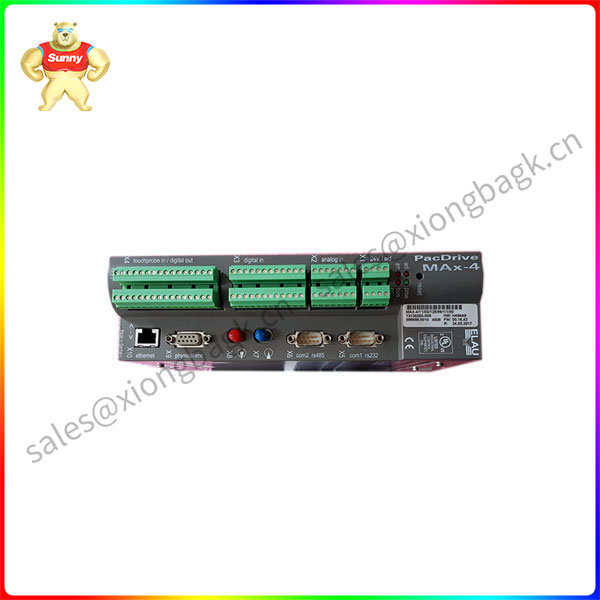If you are good at observing, you may have already found that the things we come into contact with daily are constantly “transformed” and “completed evolution”, just like the travel tool: the car. It is no longer the “simple teenager” of the year, after the tempering of technology, it has become a “science and technology leader” integrating face recognition, voice interaction, automatic driving and other functions in one.
1, auto companies should not always be “old drivers”
Driven by a new round of information and energy revolution, the connotation and extension of automobiles are continuously enriched, and they are gradually transformed from mechanical transportation tools to a new generation of mobile intelligent terminals.
In the intelligent, networked transformation of the automotive industry, gradually presented the following new characteristics:
Business model
Auto companies are diversifying their revenues, hoping to increase the share of revenue from services and software.
Product variance
Automotive products pay more attention to user experience such as advanced assisted driving and human-machine interface.
Product development model

MAX-4
Automotive product development decoupled software and hardware and placed them in a more important position.
Supply chain relationship
The relationship between automotive and suppliers is not simply divided into first and second level suppliers, but a network and diversified hierarchical structure.
Talent requirement
Automotive companies are increasing the proportion of software, service and other talents to better adapt to the development of The Times.
The rapid changes make us realize that software has become the core competitiveness of automotive products, but also the key and focus of product differentiation.
However, Software Defined Vehicles pose new challenges to digital R&D platforms and tool chains:
Collaborative development based on data mainline
Enterprises need to follow iterations from product line and product definition to domain-specific development; It is necessary not only to define requirements, functions, system models, etc., but also to manage the relationship between models in multiple fields. And realize the optimization of the vehicle EE architecture model, and the seamless transmission of the model in the specific field to the downstream, to complete the design, confirmation and verification of the subdivision field.
Software testing, certification and distribution
Automotive companies are exploring how to meet all requirements, enabling software context testing and validation, software calibration and configuration data management and binary code management, matching the relationship between hardware and software, and meeting industry compliance requirements.
Software development for complex products
How to shorten the development cycle in the case of product diversification and complexity; How distributed development teams ensure project agility and software traceability; How to ensure the scalability of software products and achieve long-term support and maintenance.
2. How do automobile companies use digital methods
Achieve Efficient R&D?
In the face of the above trends and challenges, how to efficiently research and development has become a key issue that automobile enterprises need to solve urgently. The Siemens software-defined automotive integrated solution, which can realize the closed loop of the entire value chain of products based on digital driving; It covers different design stages from platform, vehicle system, system components to components, including many V models in the fields of system, architecture, network, software and hardware. Data can be transferred seamlessly between systems and sub-systems, domains and sub-domains. This is also the basis for closed loop and continuous iteration of data for the entire product or large system.
 中文版
中文版




